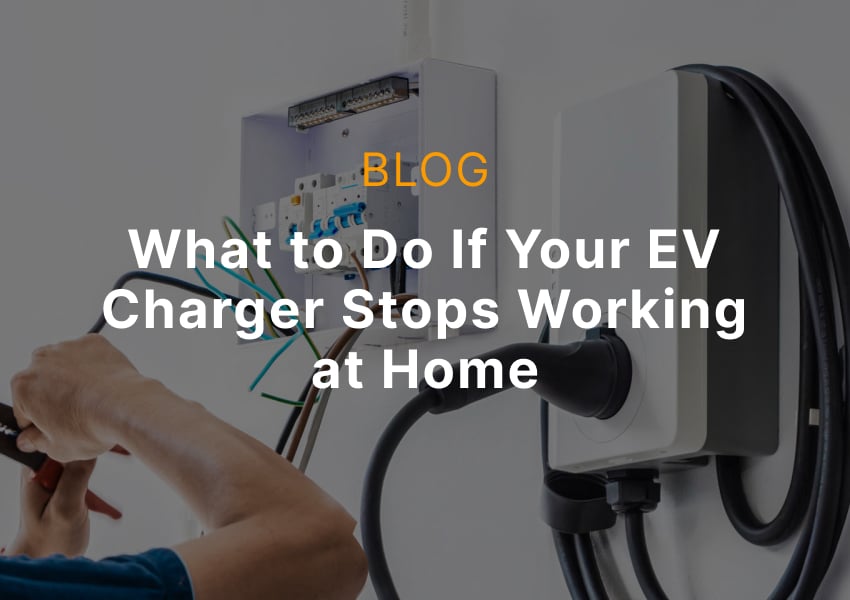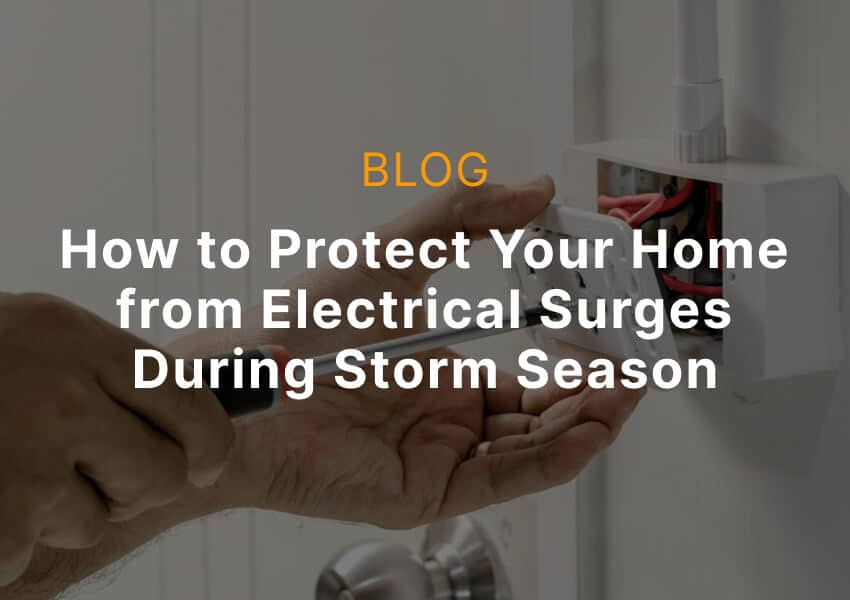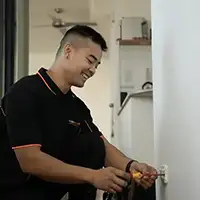Electrical fires are one of the leading causes of house fires in Australia, and many are entirely preventable. Recognising the early signs your home is at risk of an electrical fire can help you act before a minor issue turns into a major emergency. This guide by Powerhub Elecrical will help you spot key warning signs, understand the causes, and know when to call a licensed electrician to keep your home safe.
What Causes Electrical Fires in Homes?
Electrical fires rarely happen without warning. They’re usually the result of faults that develop over time, such as overloaded circuits, degraded wiring, or outdated switchboards. Understanding the most common causes can help you identify risks early and take the right steps to reduce them.
Heat Buildup from Overloaded Circuits
- Plugging too many appliances into one outlet or power board can generate heat
- Common in kitchens, living rooms, or home offices with multiple devices
- High-draw appliances like heaters or microwaves increase the risk of overheating
Damaged or Aged Wiring
- Homes built before the 1980s may still have rubber or cloth-insulated wiring
- Insulation can become brittle, exposing live conductors over time
- Loose or damaged wiring is a known fire hazard and must be replaced
Faulty Switchboards or Fuses
- Older fuse boxes often lack RCDs (safety switches) to cut power during faults
- Ceramic fuses and rewireable elements may not trip quickly enough in an emergency
- Switchboard upgrades are essential to meet current safety standards
Warning Signs Your Home May Be at Risk
Here are clear warning signs that may indicate a fire risk. If you notice any of the following, stop using the affected circuit and contact a licensed electrician:
- Burning smells near switches or power points, especially during use
- Discoloured or scorched outlets, may appear brown or yellowed
- Buzzing or crackling sounds from walls, switches, or light fittings
- Frequent tripping of circuit breakers or safety switches
- Lights flickering or dimming unexpectedly, particularly when appliances are used
- Warm or vibrating wall plates, even when nothing is plugged in
- Visible sparks when plugging or unplugging appliances
- Switchboard has fuses instead of circuit breakers and lacks RCDs
These fire warning signs should never be ignored. Electrical burning smells, flickering lights, and overloaded outlets are often the first indicators of a serious fault.

Which Electrical Components Are Most Likely to Fail?
Some parts of the home’s electrical system are more prone to wear and damage. Pay close attention to:
- Switchboards — especially those without RCDs or with ceramic fuses
- Extension cords and power boards — easily overloaded and often damaged
- Roof space wiring — usually out of sight and often decades old
- Loose power points or cracked faceplates — poor connections can generate heat
- Outlets exposed to moisture — in kitchens, bathrooms, or outdoors
Step-by-Step: What to Do If You Notice These Signs
If you see scorch marks, smell burning, or experience frequent tripping, it’s important to act quickly. Follow these steps to reduce risk and keep your home safe:
Step 1 – Turn Off the Power
If you smell burning or see visible damage to an outlet, switch off power at the main board immediately. Do not continue using that circuit.
Step 2 – Unplug Affected Devices
Carefully unplug any appliances from the affected area. If a cord or plug appears damaged, do not use it again.
Step 3 – Do Not Use That Circuit Again
Avoid resetting a tripped circuit breaker or RCD if you suspect an electrical fault. Do not use extension leads as a workaround, this can worsen the problem.
Step 4 – Call a Licensed Electrician
Only licensed electricians are legally allowed to assess and repair electrical faults in Australia. Powerhub Electrical provides professional electrical inspections and emergency services across Sydney.

Preventive Tips to Reduce Electrical Fire Risk
Small actions can significantly reduce your risk of electrical fires. Here are some safety tips:
- Don’t overload power boards or use double adapters
- Replace frayed or damaged cords and plugs immediately
- Never run electrical cords under rugs, carpets, or furniture
- Keep appliances clean, well-ventilated, and free of dust buildup
- Upgrade switchboards to include RCDs and meet AS/NZS 3000 requirements
- Book a professional inspection every 5 to 10 years, sooner for older homes
When to Get a Professional Inspection
It’s time to book an electrical inspection if:
- Your home is more than 30 years old and hasn’t had a wiring upgrade
- You’ve completed renovations or installed major appliances
- You experience frequent circuit tripping or flickering lights
- Your switchboard uses old fuses or doesn’t have modern safety switches
Licensed electricians are the only people legally allowed to test, inspect, or modify your home’s fixed wiring or switchboard.
Concerned About Your Home’s Electrical Safety?
Flickering lights, burning smells, and frequent circuit tripping should always be taken seriously. A licensed electrician can identify and fix faults before they become dangerous. Powerhub Electrical provides comprehensive safety inspections for homes across Sydney.

Frequently Asked Questions
How do I know if my house wiring is a fire risk?
You may notice discoloured outlets, flickering lights, tripped breakers, or a burning smell. Homes with old or original wiring, especially those built before 1980, should be inspected. A licensed electrician can check the condition of your wiring and recommend upgrades if needed.
What smells indicate an electrical fire might start?
A sharp or acrid burning smell, often like melting plastic, is a strong warning sign. It may come from a socket, switch, or behind a wall. If you detect this smell, turn off the power and call an electrician immediately.
Can old appliances cause an electrical fire?
Yes. Older appliances may have worn insulation, faulty switches, or internal wiring faults. They can short-circuit or draw excessive current, leading to overheating. Always check for frayed cords and unplug appliances when not in use.
Is it safe to use an extension lead permanently?
No. Extension leads are designed for temporary use only. Using one as a permanent fixture increases the risk of overheating, especially if it’s under furniture or used with high-wattage appliances. Install additional outlets if needed.





